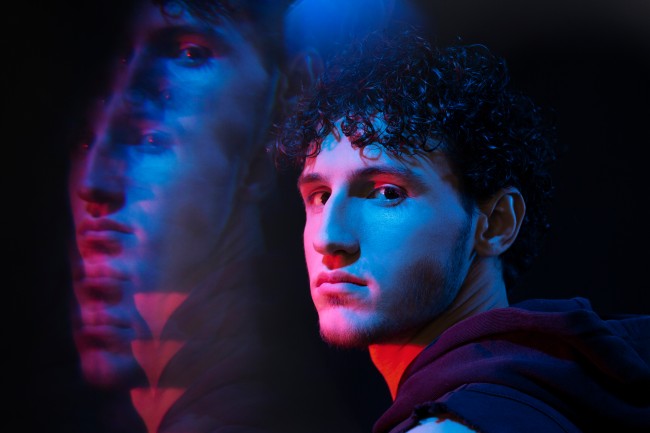
AI has significantly advanced, creating images that closely resemble photos and sometimes surpassing human capabilities.
For instance, ai headshot generator are those used for creating professional linkedIn headshots, which have entirely revolutionized the industry of professional photography by bringing in affordable and easy means of capturing photos for alternatives to studio shoots.
Now, from their homes, one can configure the settings, backgrounds, poses, and even expressions to suit their needs.
First, one needs to upload a photo that the AI will analyze and note the facial structure, skin tone, and the kind of hairstyle. This will provide an avenue for editing the settings such as backgrounds and lighting effects.
Regarding computing and data, AI has advanced to generate good quality pictures while saving much time. These tools generate multiple photo options in minutes, pushing the limits of realism and personalization.
Ultimately, AI is revolutionizing professional photography, offering ease, customization, and continuous improvement that unlock new creative possibilities.
AI in Photography: Algorithms, Data Training, and User Input
Section 1: AI Algorithms
AI photography involves the use of GANs, which include a generator in which images are generated from random noise and a discriminator evaluating the authenticity of that image. This adversarial process allows both to enhance each other, resulting in realistic images being generated.
CNNs will recognize patterns and face features, while RNNs process sequences of data very important when looking at facial features.
Other algorithms, such as auto encoders and VAEs, compress data, reduce noise, and even generate images by sampling from latent space. Put altogether, these neural networks power the development of AI photography.
Section 2: Data Training
Data is fundamental to AI models. A diverse dataset enhances algorithm performance and directly impacts image accuracy, realism, and inclusiveness.
A well-rounded dataset with various facial features, skin tones, and backgrounds ensures effective training, while high-resolution images free from noise are necessary for pattern recognition.
Preprocessing steps include resizing images for efficient handling and normalizing pixel values to stabilize training. Data augmentation techniques, such as rotating and cropping, create additional samples that improve the model’s generalization ability.
Challenges during training include overfitting, where a model excels on training data but fails on new examples, and underfitting, where the model is too simplistic.
Techniques like regularization and early stopping help mitigate overfitting, enabling the model to generalize better rather than memorize training data. AI photo tools thus depend heavily on data quality for optimal performance.
Section 3: User Input and Quality Control
Integrating user preferences into AI-generated images has created new methods for producing personalized content.
This process begins by collecting user input through interactive interfaces like slide selectors and drop-down menus, allowing AI to incorporate specific features such as facial expressions and backgrounds.
Real-time generation techniques and optimized algorithms enhance efficiency, enabling quick delivery of customized images, while hardware acceleration through GPUs and TPUs facilitates the processing of complex tasks.
Quality control is maintained through strict standards that ensure high output quality, integrating automated metrics like Mean Squared Error (MSE) and expert evaluations to refine the models continuously.
AI technology has transformed personalized photography by incorporating user preferences, enabling real-time generation, and implementing quality control. As a result, AI produces images that reflect users’ traits and broaden creative expression in the digital age.
A Vision of Infinite Possibilities
AI photo creation holds a promising future, offering realism while potentially impacting self-image and self-presentation. Understanding this evolving landscape requires revisiting key points.
Photo generation relies on various networks, including GANs, CNNs, RNNs, autoencoders, and variational autoencoders, essential for producing realistic images.
These models thrive on quality training data; diverse datasets help AI generalize across demographics, and proper preprocessing is crucial. Recognizing overfitting and underfitting is vital for robust AI performance.
A significant advancement in AI technology is the incorporation of user preferences into the generation process. Tools now allow users to customize features, resulting in personalized outputs. Optimization techniques enable real-time generation, while quality control ensures adherence to standards.
Looking ahead, advancements in photo AI promise exciting developments:
- Better Realism: New algorithms and hardware will enhance realism, blurring the line between reality and simulation.
- Personalization: Future AI will leverage user faces and preferences to create tailored outputs, boosting engagement.
- Ethical Issues: The rise of AI-generated images raises concerns about privacy, bias, and misuse, necessitating clear regulations to maintain public trust.
As photo AI evolves, it prompts debates about digital identity and the balance between human and machine creativity, challenging AI’s capabilities and encouraging reflection on our identity in the context of digital expression.
Also Read:
